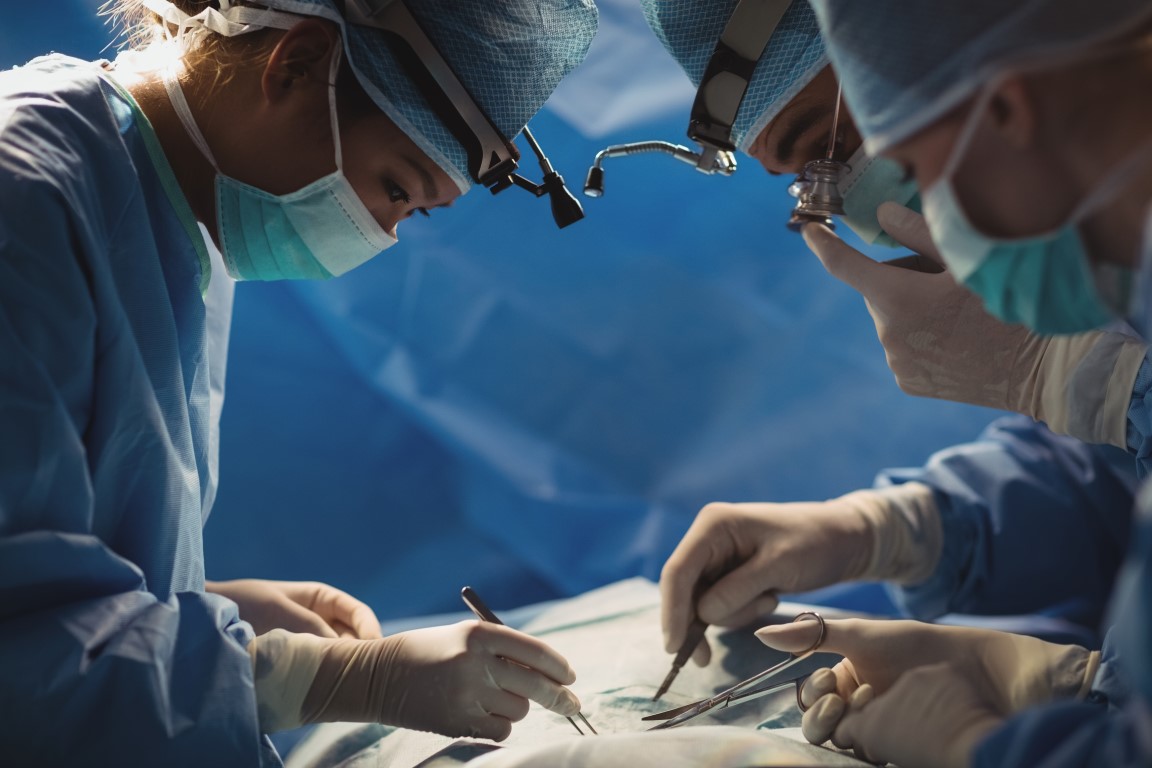
How to Reduce the Risk of Post-Surgical Infections: Essential Tips for a Safe Recovery
Surgery is often a necessary step toward better health, but one of the most critical aspects of recovery is preventing post-surgical infections. Infections after surgery can lead to complications, prolonged hospital stays, and even life-threatening conditions. Fortunately, there are several proactive steps both patients and healthcare providers can take to minimize this risk. In this guide, we will explore the causes of post-surgical infections, how to prevent them, and what to do if you suspect an infection after surgery.



Understanding Post-Surgical Infections
A post-surgical infection, also known as a surgical site infection (SSI), occurs when bacteria enter the body through the incision site after a surgical procedure. These infections typically appear within 30 days of surgery and can range from mild to severe.Common Causes of Post-Surgical Infections
- Bacteria exposure during surgery (unsterile instruments or hands)
- Poor wound care (improper dressing changes or lack of hygiene)
- Weakened immune system (patients with diabetes, cancer, or chronic illnesses are at higher risk)
- Prolonged hospital stays (increased exposure to bacteria in healthcare settings)
- Smoking or obesity (slower wound healing)
How to Reduce the Risk of Post-Surgical Infections
1. Follow Pre-Surgery Instructions Carefully
- Shower with antibacterial soap before surgery as directed by your doctor.
- Avoid shaving the surgical site yourself, as it may cause tiny cuts where bacteria can enter.
- Discuss any existing infections (such as skin infections or respiratory infections) with your doctor before surgery.
2. Ensure a Sterile Surgical Environment
- Choose a hospital or surgical center with high hygiene standards and a low infection rate.
- Your surgeon and medical team should wear sterile gloves, masks, and gowns during the procedure.
- All surgical instruments should be properly sterilized to prevent contamination.
3. Proper Wound Care After Surgery
- Keep the surgical site clean and dry at all times.
- Change dressings as instructed by your healthcare provider.
- Use only prescribed ointments or solutions for wound cleaning.
- Avoid touching the wound with unwashed hands.

4. Follow Post-Surgery Hygiene Practices
- Wash your hands thoroughly before and after touching the wound.
- Avoid public places and crowded areas to minimize infection risks.
- Wear loose-fitting, breathable clothing to prevent irritation around the wound.
5. Take Medications as Prescribed
- If prescribed, take antibiotics exactly as directed—do not stop early, even if you feel better.
- Use pain relievers and anti-inflammatory medications as needed to promote healing.
6. Maintain a Healthy Lifestyle for Faster Recovery
- Eat a nutritious diet rich in protein, vitamins C and A, and zinc to promote wound healing.
- Stay hydrated to support the body’s natural recovery process.
- Avoid smoking and alcohol, as they slow down healing and increase infection risk.
- Engage in light physical activity if approved by your doctor to improve circulation.
7. Know the Signs of Infection and Act Quickly
Even with proper care, infections can sometimes still occur. Seek immediate medical attention if you notice:- Increased redness, swelling, or warmth around the wound
- Pus or foul-smelling discharge from the incision site
- Persistent pain that worsens instead of improving
- Fever above 100.4°F (38°C)
- Chills, dizziness, or excessive fatigue









